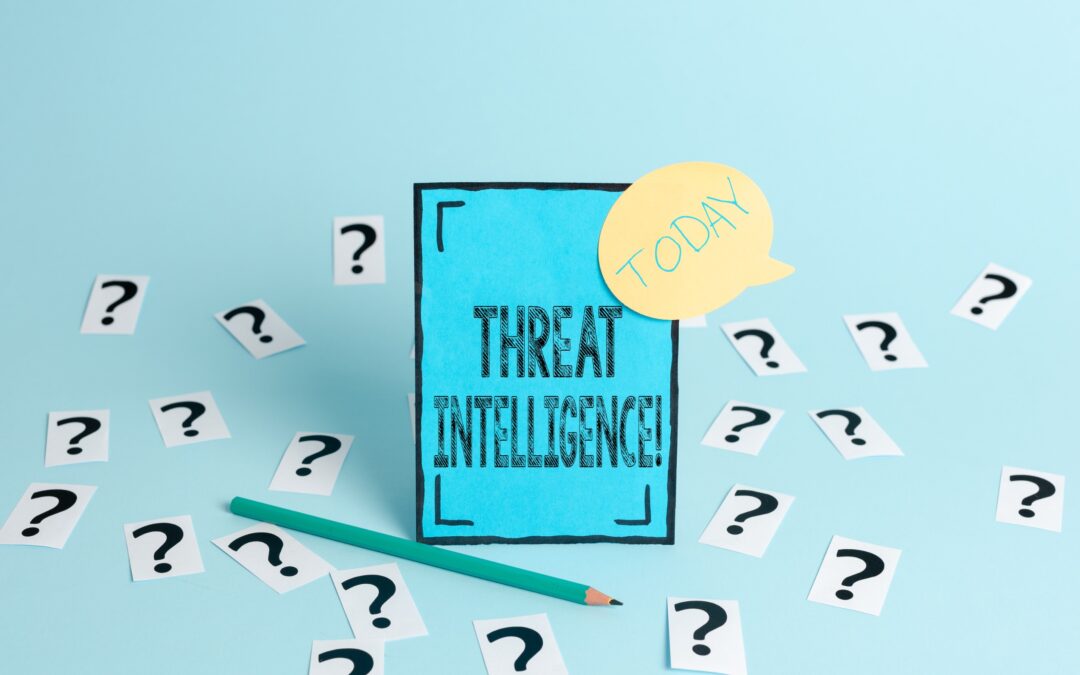Today, small and medium-sized businesses (SMBs) face unique challenges in protecting digital assets. Leveraging threat intelligence can significantly improve their cyber defense posture.
Keep reading to learn how the process helps improve your cyber defenses.
Understanding Threat Intelligence
Threat intelligence involves collecting and analyzing information about potential or current threats that could negatively impact your business. This provides insights into cyber adversaries’ tactics, techniques, and procedures (TTPs). By understanding these elements, you can proactively defend against attacks, mitigate risks, and improve your overall security strategy.
Sources of Threat Intelligence
There are several sources of threat intelligence that you can utilize:
- Open Source Intelligence (OSINT): This includes publicly available information from the internet, social media, forums, and news outlets. OSINT provides valuable insights into emerging issues and adversary behaviors.
- Commercial Threat Intelligence Feeds: These are services provided by cybersecurity companies that offer curated and comprehensive data. Subscribing to these feeds ensures you have up-to-date information on threats relevant to your industry.
- Internal Intelligence: Your organization’s internal data, such as logs from security information and event management (SIEM) systems, can provide context-specific insights. Analyzing this data helps identify patterns and anomalies that indicate potential issues.
- Information Sharing and Analysis Centers (ISACs): These industry-specific groups facilitate sharing of information among members. Joining an ISAC relevant to your business sector can provide valuable insights and collaborative defense mechanisms.
Acting on Information
Having access to information is only part of the equation. Analyzing and acting on this information is crucial for strengthening your cyber defenses.
Integration with Security Operations
Integrate threat intelligence into your security operations center (SOC). This makes sure that your team can correlate data with internal logs and events to identify potential risks.
Prioritization and Context
Not all threats are created equal. Rank them based on their relevance and potential impact on your business. Use contextual information to understand the risk posed by each one and allocate resources accordingly.
Automation and Orchestration
Leverage automation to handle repetitive tasks, such as the ingestion and initial analysis of threat data. Orchestration tools can streamline your response efforts, ensuring timely and coordinated actions against identified risks.
Continuous Monitoring and Updating
Threat intelligence is not a one-time effort. Update your intelligence sources regularly to monitor for new risks. This helps maintain an up-to-date understanding of the current landscape.
Impact of Threat Intelligence
Implementing threat intelligence can lead to tangible improvements in your cyber defense posture. Here are a few ways how it can help:
Early Detection of Phishing Campaigns
With threat intelligence, you can detect phishing campaigns early, identifying and responding to threats before they reach your users. By monitoring data proactively, you can implement email filtering rules and train employees, effectively reducing the risk of phishing attacks.
For example, cybersecurity company FireEye identified the APT group “APT32” or OceanLotus targeted Southeast Asian organizations with sophisticated techniques to evade detection and access sensitive data in 2017.
Mitigating Ransomware Attacks
With threat intelligence, you can identify ransomware tactics and understand attack vectors before they impact your systems. You can significantly reduce the risk of ransomware attacks and potential damage by strengthening endpoint security and enhancing backup procedures.
In May 2021, the FBI and the Russian FSB, in collaboration with private sector partners, used threat intelligence to dismantle the infrastructure of the notorious ransomware gang REvil (Sodinokibi).
For SMBs, leveraging threat intelligence can differentiate between a successful defense and a costly breach. We at XFIL Strategies can help you strengthen your cyber defenses and stay ahead of threats. Contact us today!

